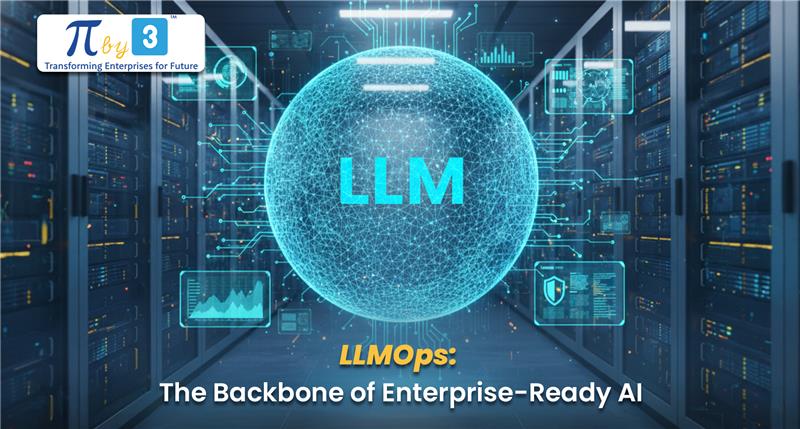TSAP BW to Snowflake migration is not an as-is migration like other traditional on-premise data his fundamental difference sets the stage for a unique migration journey.
While typical RDBMS migrations involve straightforward mapping of object types to the target database, SAP presents a different challenge. SAP's proprietary object definitions and architectural patterns add an extra layer of complexity that isn't present in standard migrations to data cloud platforms. The CIO of PibyThree (πby3), drawing on extensive experience in data migration and data cloud solutions—particularly Snowflake—has uncovered the intrinsic complexities of SAP BW and developed a roadmap for successful migration to Snowflake Data Cloud.
This success story offers valuable insights for CIOs and Data Cloud architects making informed decisions about
SAP migrations to Data Cloud platform.
Key Drivers for Migration
1. Optimization of operational costs
o Licenses
o Infrastructure
o Costly skilled manpower
o Complexity of legacy code—leading to more expensive enhancements and change requests
2. Single source of truth for data
especially crucial after mergers when organizations need a consolidated view of enterprise-level data
Key Motivations for Choosing Snowflake Data Cloud
Making use of Snowflake's unique and powerful features
1. Elasticity (Scale up/down, Scale out/in) as and when required
2. Pay-as-you-go pricing model
3. Data sharing capabilities
4. Zero-copy cloning
Why SAP BW Is Different
• Proprietary object definitions
• Different customizations for different clients using the same set of objects
• Unique data model compared to traditional approaches
• Multiple SAP versions (ECC, S4HANA, etc.)
• Various underlying storage database options
• Multiple channels for exposing data
• ABAP program syntax requirements
• SAP routine syntax specifics
Challenges in SAP BW to Snowflake Migration
SAP BW to Snowflake migration requires refactoring and redesign rather than simple migration. The process involves
creating different database layers such as staging layer, star schema model layer, and semantic layer. The target
data model will necessarily differ from the original.
Significant effort is required to migrate historical data and make it compatible with the target data model. While all
SAP objects can be mapped to Snowflake objects, migrating calculation/analytic views, composite providers, info cubes, and
ABAP programs demand considerably more effort. Changes are also required at the reporting layer.
Amalgamation of Data and Cloud-Native Services
SAP migration to data cloud can be effectively augmented with cloud-native services to ensure that any business case—whether
data sharing, data munging, data enrichment and transformation, or data democratization—can be realized using features provided
by the Data Cloud. For instance:
Snowflake Features That Can Be Leveraged:
• Strong support for telemetry data with SnowPipe and Kafka connector
• Support for AI/ML through Snowpark
• Support for unstructured data
• Data Cloud and data monetization capabilities
Use of New Age Tools
While traditional ELT tools like IICS, Qlik have been used for data ingestion and SnowSQL for transformation, many newer
tools are now available, including Precog, Matillion, Talend, HevoData, and dbt for transformation.
Benefits Accrued
• Easier operations with optimized costs
• Future-ready environment
Final Thoughts
SAP's complex architecture, while beneficial for SAP implementations, can become challenging when migrating away from it.
The world is moving toward hybrid implementation models, and SAP migrations to the cloud will become increasingly complex
the longer they are delayed. This is due to the proprietary nature of SAP and the global trend toward data democratization.
A careful balance of the right cloud-native features and object models will ensure a smooth transition to new Data Cloud
implementations. Organizations that plan carefully and understand these unique challenges will position themselves for success
in their digital transformation journey.






